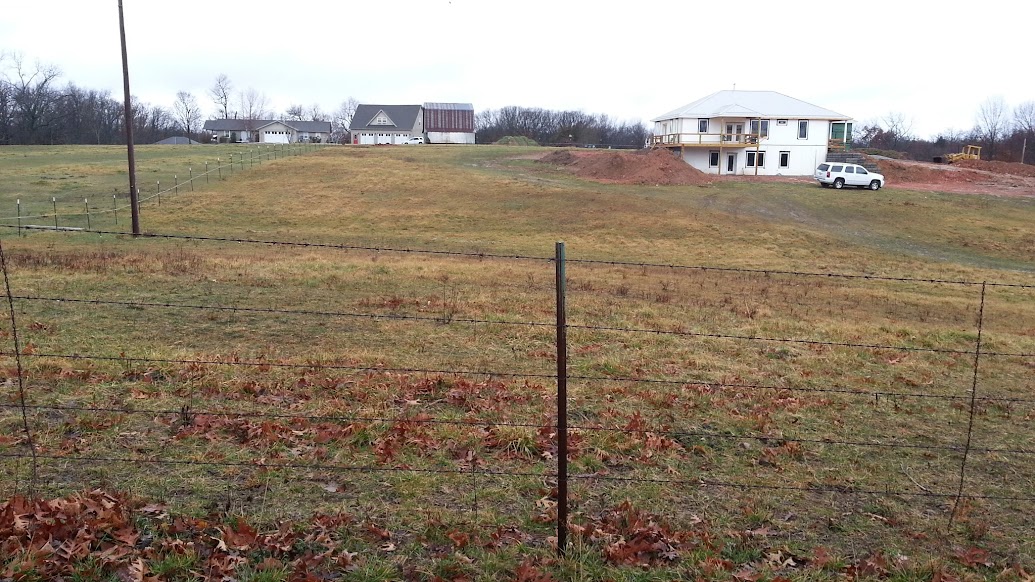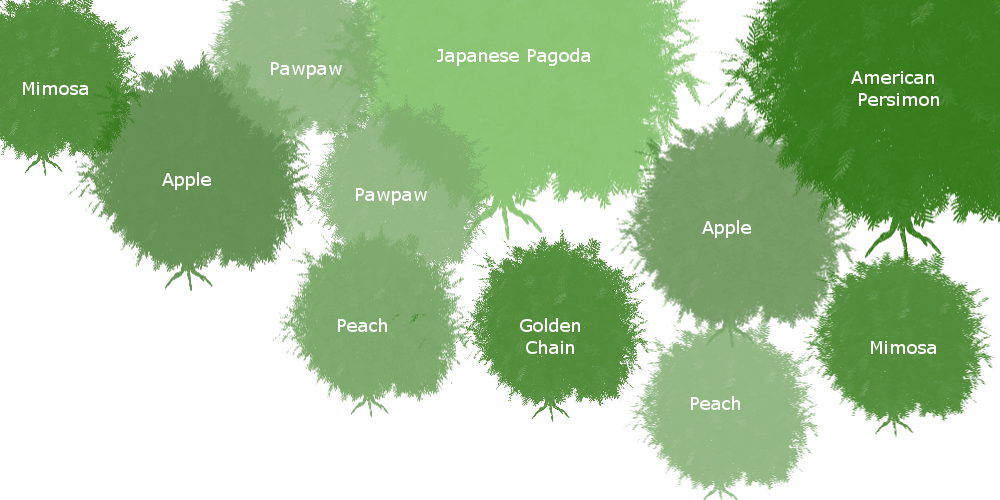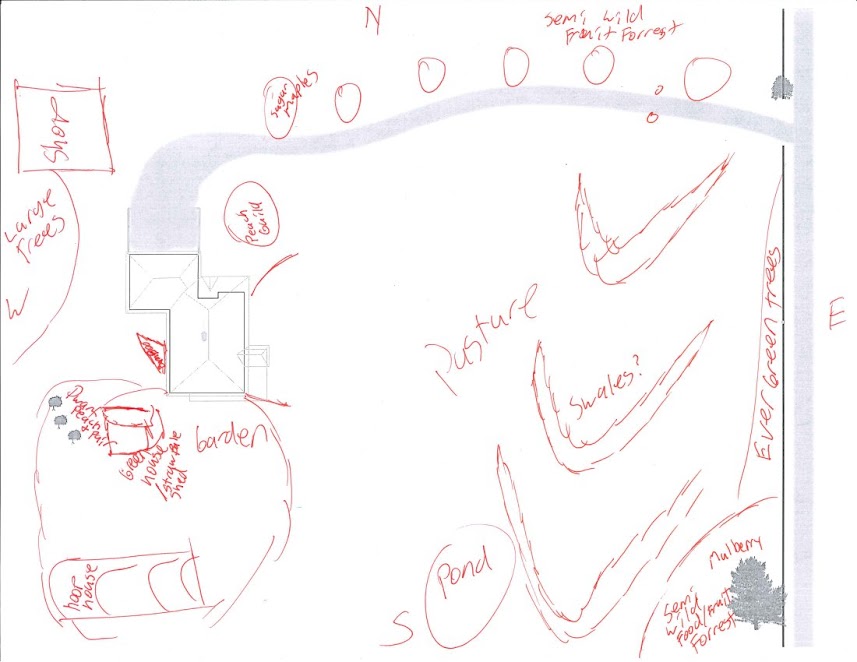

































Idle dreamer








A lot of things come out of nowhere, so look everywhere.














A lot of things come out of nowhere, so look everywhere.








A lot of things come out of nowhere, so look everywhere.





Paul Cereghino- Ecosystem Guild
Maritime Temperate Coniferous Rainforest - Mild Wet Winter, Dry Summer








"The eyes of the future are looking back at us and they are praying for us to see beyond our own time."
--- by Terry Tempest Williams, naturalist





Paul Cereghino- Ecosystem Guild
Maritime Temperate Coniferous Rainforest - Mild Wet Winter, Dry Summer




Linda Sefcik wrote:(see drawing below)
Ha -- this was fun
I'm new to permaculture, but I liked a challenge. Here's my two cents.
The terraces weave at a slow slope, slowly downward, alternating directions
to slow rainfall but not to catch all of it
Hazel nut and chestnut are good animal food; hazel bushes at all open fenced areas
the hazel branches can be woven to each other into a deer fence,
or coppiced, using the sticks to attach to your fence at intervals to add height
half of the hazel would be on the other side of the fence for their winter food
The rose arbor over the driveway entrace would discourage jumping over your gate
The thorned berries would discourage deer on the other fence, yet give half for food
The grape arbor would shade an outdoor patio/work area (leaves and fruit for food)
The monk fruit would be a shade for a porch swing (best sweetener instead of sugar)
The mimosa and fruit trees would catch the southern breeze to your house for fragrance
Pecans are easily edible nuts to store for your own winter nutrition
Cherries -- juiced then dried
Sugar cane / bamboo / onions / willows in a wet area
Pine trees for fuel and other purposes (no evergreens)
Cottonwood for late afternoon shade
Other fruit trees provide shade for your animals
As for raccoons and other foraging animals -- maybe a big dog ??
Well, it was a good exercise for me, and was fun.
Good luck with your new farm.
This is from some notes I made:
Hazel nut bushes/trees
-- one of america's original species everywhere
-- lifespan is 1600 years
-- can be a staple crop; protein, oil, 3 times oil of soybeans; protein = animal feed = same as soy
shell is 50% of yearly yield, burns hotter than coal
branches , coppice, wood pruning yearly
Chestnut tree --
-- one of americas prolific original species
-- lifespan is 4000 at least -- produces nuts every year
-- seed turns bitter as soon as it sprouts, critters won't eat
-- nuts will rot if left on the ground
-- qualifies as a staple crop; high carb, low oil, low protein
-- not a true nut; no allergic qualities; corn that grows on trees;
doesn't have a hard shell, but rather a leathery shell you peel off
-- zone 5-6, use the chinese chestnut

|
please buy this thing and then I get a fat cut of the action:
The new permaculture playing cards kickstarter is now live!
https://www.kickstarter.com/projects/paulwheaton/garden-cards
|






